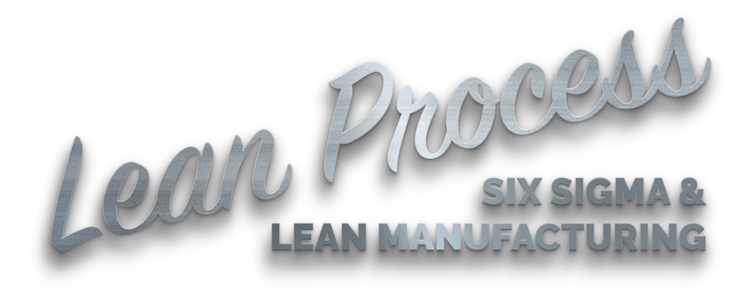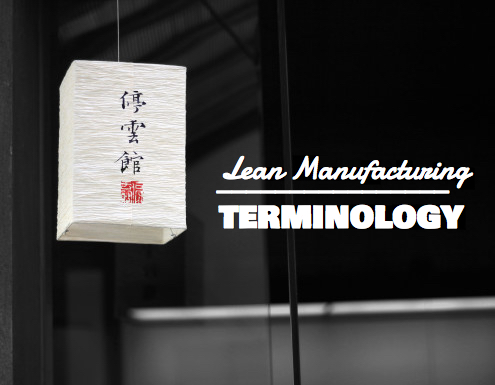
The DMAIC Process
The DMAIC process is another business process improvement cycle, similar to the lean process of PDCA. However, there are some differences between the two methodologies. Therefore, it’s important to know how to determine which is the best approach for any given business problem.
The DMAIC process is not a lean manufacturing method, it comes from six sigma. Six sigma is a quality improvement methodology focused on reducing variation in processes. The six sigma methodology was made popular by Motorola during the mid-1980s.
The name DMAIC comes from an acronym of the five stages involved in the process:
- Define
- Measure
- Analyse
- Improve
- Control
The DMAIC process is used within six sigma to fix a problem with an existing process. This is different from DMEDI which is used for a problem where a process does not yet exist. DMEDI stands for Define, Measure Explore, Develop, Implement.
To determine if DMAIC or DMEDI is the correct methodology to use, answer the following question:
Does a process exist currently? If the answer is yes, then DMAIC should be used. If no process exists, then a new one should be developed using DMEDI.
So having established that you have a process that is not performing satisfactorily, then you could potentially use the DMAIC process to fix this.
We will now consider each of the five phases in turn.
The Define Phase
The Define stage is used to clarify the business opportunity and launch the project. In it the team will create a project charter which details:
- the problem statement,
- the goal or end deliverable,
- the financial impact the project can have by solving the problem,
- the scope of the work (what is included & what is not),
- the team members and stakeholders,
- a timing plan or Gantt chart.
Another tool used at this stage is the business risk assessment. The purpose here is to identify and manage any risks that arise by carrying out the project. This ensures that the project is more likely to be successful.
The Measure Phase
The Measure phase is primarily about data collection and process mapping. In it we develop a measurement plan and operational definitions (eg if we asked ten people to count all the blue cars in a car park, how many answers would match? It would depend on people’s definition/judgement of the term blue car.)
It is also important to set a baseline before any changes are made. That way we can later measure the impact the project has made on the process.
However, another purpose of the Measure phase is to validate the measurement system. This is usually done via a Gage R&R experiment. This basically checks whether the variation being measured is truly a result of the process being observed, or whether there is significant variation being introduced by the measurement process (eg different people measuring different ways, or inaccurate measurement equipment).
The Analyse Phase
Having established a baseline level of performance for the process in the measure phase, it is now time to try to understand why it is the way it is. What factors are causing the performance to be the way it is. The team will try to identify the root cause of the problem - this is the cause that when eliminated will cause the problem to never be repeated. This can be done using Ishikawa diagrams and/or 5 whys. It also often takes on a statistical element using regression, Pareto, ANOVA and DOE. A hypothesis is formed about the cause and tested. If the test confirms the hypothesis is correct then the project moves to the improve phase. If, however, the hypothesis is rejected then further analysis is required. It is not uncommon for a project to iterate between the measure and analyse phases while the team get to learn the process. Often the analysis highlights a gap in the measurement plan so it becomes necessary to go back and make further measurements.
The Improve Phase
By the time they reach the Improve phase of the project, the team should have a thorough understanding of the process being studied. The improve phase is used to tweak the critical few variables that were identified in the analyse phase, with the aim of reaching the desired output. Often in a six sigma project, this is about reducing variation in a process to give consistently high quality. It is also about achieving maximum results with minimal resource by adjusting the critical few variables that have the most significant impact. By the end of the improve phase, the process should be fixed and performing at an improved level over the baseline established during the measure phase.
The Control Phase
Now that the process is performing as expected, it is time for the project team to hand the process back over to the business owner. However, it is not uncommon for the results achieved by the project to not be sustained by the new owner. Therefore the Control phase becomes one of ensuring that controls are in place to prevent the performance regressing. These can take various forms, but common approaches include audits, standard work instructions, poka yoke devices and control plans.
Another important element of the Control phase is the dissemination of lessons learned during the project. This is important to maintain the knowledge gained within the company. It’s also a great way to improve and standardise similar processes without having to go through the whole DMAIC cycle again.
What is the difference between PDCA and the DMAIC process?
In theory, both the PDCA and DMAIC process can be used to fix existing business problems. In practice, however, they differ in how they are deployed. A six sigma DMAIC project is usually run by a team of trained employees called black belts and green belts, who then hand it over to the process owners. A PDCA cycle, on the other hand, is usually conducted by the team who perform the process concerned.
The DMAIC process also tends to use statistical methods to model a business problem. The statistical solution to this model is then applied back to the business. In other words, a lot of the analysis in six sigma tends to be theoretical. In a lean process, however, the approach is much less theoretical and more experimental. The focus is more on using hypothesis testing to find out what works and to implement quickly. This does not mean that PDCA is guesswork, though - the hypotheses are formulated based on employee knowledge and experience.
Another key difference is in the time to deploy. A lean focused PDCA effort will typically aim for resolution in hours or days whereas a six sigma project can often run for 3-6 months.
Although the two processes differ, many companies have found a hybrid Lean Six Sigma approach has merit. It allows a project leader to choose between the best tools from lean manufacturing and the best tools from six sigma, ultimately using whichever is most suitable for the problem.







